
Ambassadors
CHOP’s Inspiring Patients
The incredible children who CHOP cares for are the reason we gather for the Carousel Ball and why we continue to strive to create breakthroughs for every child.
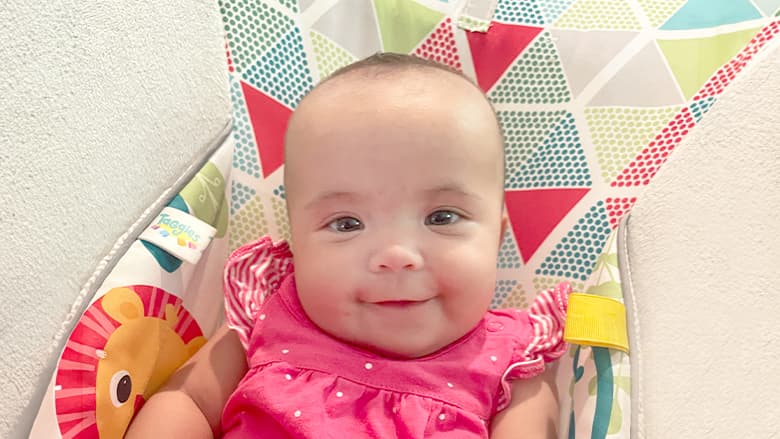
Arley: Surgery on Babies in the Womb
Brailey and Louis were shocked when a routine ultrasound showed their unborn child had a tumor growing on her heart. Left untreated, this rare condition would be fatal. The family’s cardiologist in Tennessee quickly recommended that they seek care at CHOP, which, in 2016, pioneered the first-ever fetal surgery to remove this type of tumor. CHOP is one of only a few hospitals equipped to perform such a complex procedure. The expert team performed lifesaving open-heart fetal surgery, and three months later, Arley entered the world, thanks to groundbreaking medical advancements.
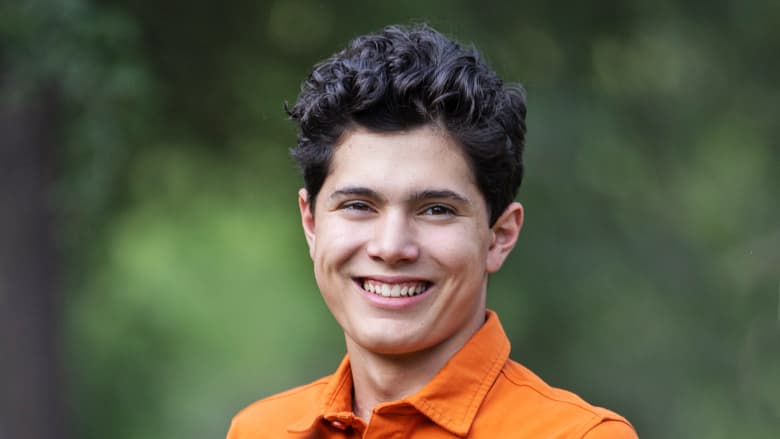
Callan: Success Where Others Won’t Try
“Inoperable.” That was what 16-year-old Callan and his parents were told when seeking treatment for Callan’s rare cancerous tumor, located in his chest. At the second evaluation, the Austin-based family heard it again: inoperable. Then they heard it a third time. When they came to CHOP, they heard: We can perform this surgery. Here’s a comprehensive treatment plan. The desire to think beyond what is considered possible is what makes CHOP a haven for hope. Here, “impossible” is met with “what if,” innovation meets empathy, and the unbelievable happens. Callan is now attending the University of Texas at Austin.
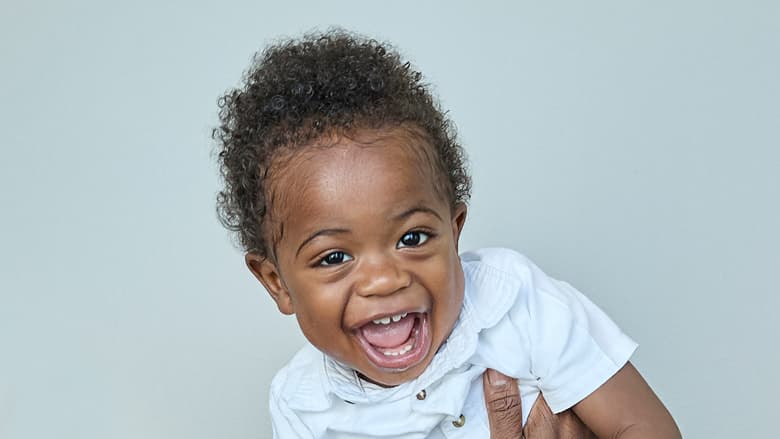
Asa: A Revolutionary Therapy
CHOP is the home of CAR T-cell therapy, which harnesses a child’s own immune system to destroy cancer cells. In 2012, CHOP was the first in the world to treat a pediatric patient with CAR T therapy. The hospital also led national and international studies that contributed to the historic FDA approval of CAR T in 2017. With nearly 600 pediatric patients treated — more than any other pediatric institution — CHOP is a leader in this field. Asa is one of those patients. After his leukemia relapsed, he received CAR T at CHOP, and he remains cancer-free today.
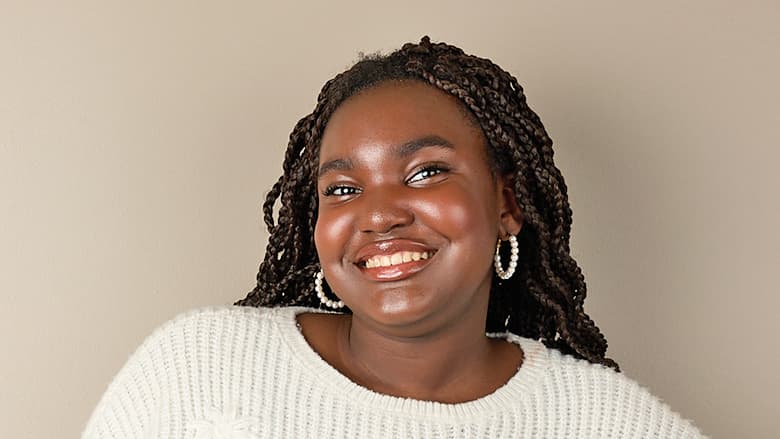
Temi: Gene Therapy for Sickle Cell Disease
Since she was 9 months old, Temi experienced torment from the harrowing complications of sickle cell disease. She often needed to be hospitalized to treat the pain that felt like being stabbed. No longer. In fall 2019, she became the first CHOP patient to participate in a clinical trial of a gene therapy for sickle cell. Four years later, two gene therapies for the disease received FDA approval. CHOP was at the forefront of transforming these research discoveries into real-world treatments, providing real hope to kids like Temi.
2023 Ambassadors
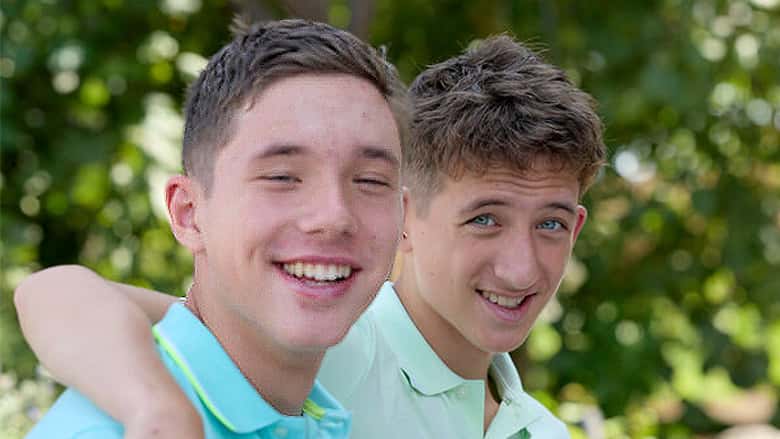
Erik and Luke
A family finds hope at CHOP and now advocates for continued autism acceptance, research and support.
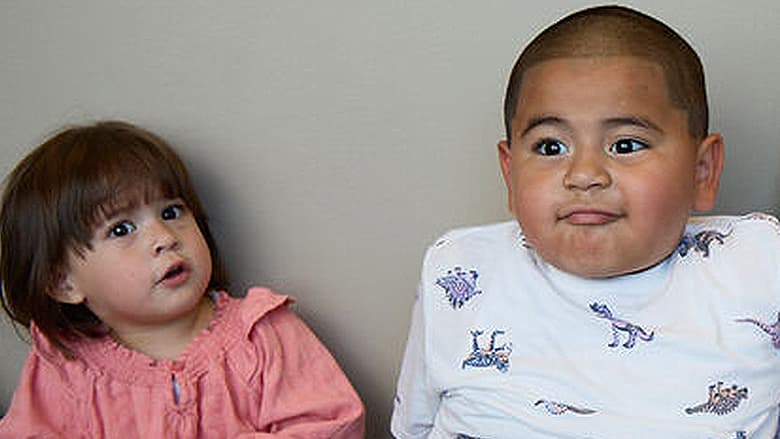
Luke and Esmeralda
CHOP support helps Luke and Esmeralda’s family access vital resources. The family is grateful to have such a positive community.
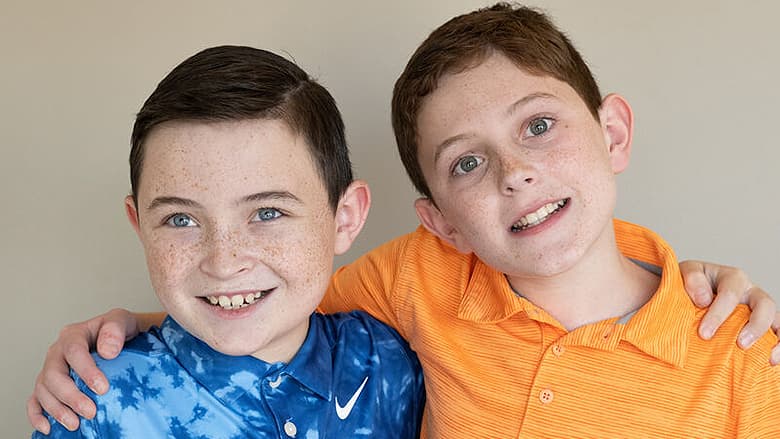
Noah and Nate
Siblings with very different manifestations of autism both find the support and resources they need through CHOP’s Center for Autism Research.
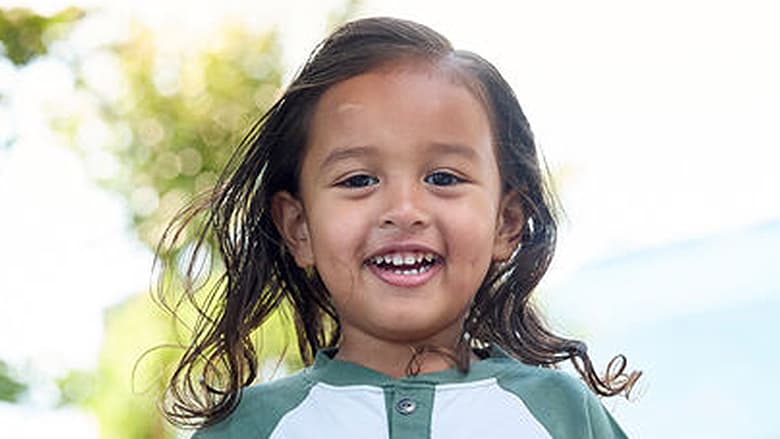
Snai
After being diagnosed with autism, Snai began receiving various therapies. But his family’s emphasis on emotional intelligence has truly helped him thrive.
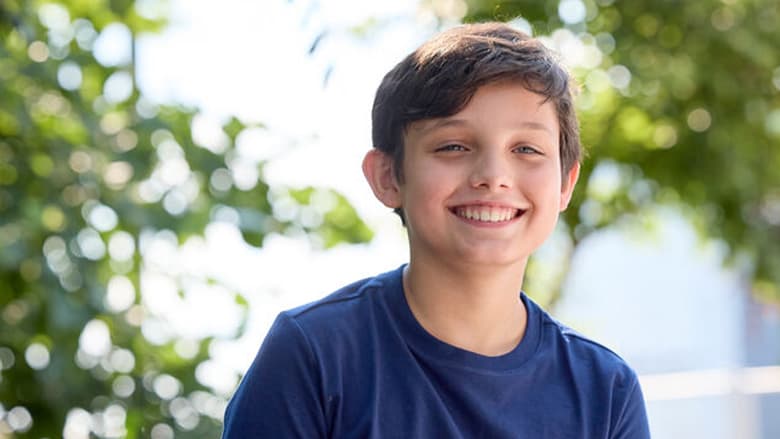
Nicky
The youngest of four children with autism, Nicky receives early support through the Center for Autism Research.
Previous Ambassadors
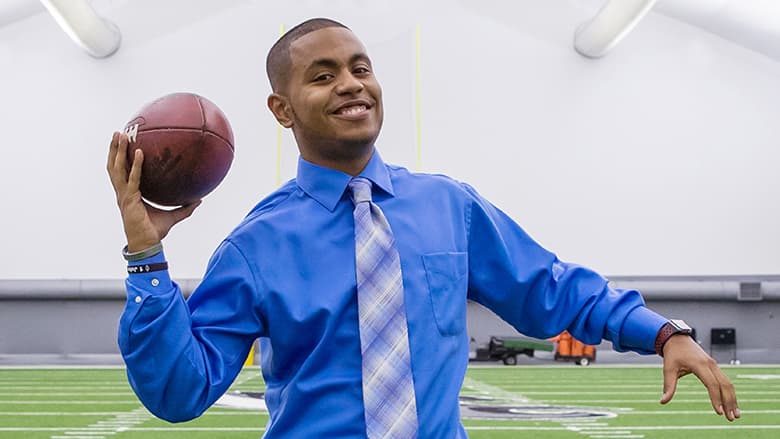
Anthony
When Anthony meets someone, he looks them in the eye, thrusts out his right hand and says, “Hi. I’m Anthony Martinez Jr. Pleased to meet you.” “Anthony wants to meet everybody,” says his mom, Sandra. This wasn’t always the case. Diagnosed with autism as a toddler, he was slow to talk and rarely made eye contact. The team at CHOP connected the family with assessment and early intervention services, and Anthony received extensive at-home therapy sessions for several years. Now 19, Anthony is learning the skills he needs to work and live independently.
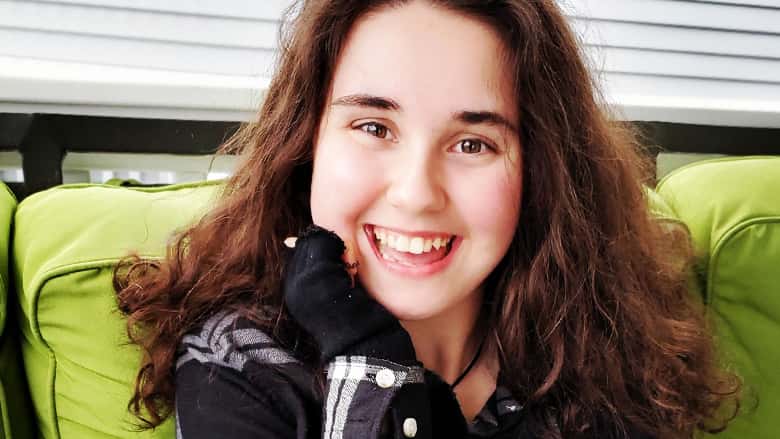
Celi
Diagnosed with autism as a toddler, Celi didn’t say a word until she was 4. “She didn’t make a lot of eye contact,” Megan says of her daughter’s early childhood. “She never spoke. She didn’t say ‘mommy.’” For years, Celi came to CHOP for checkups and had speech, occupational and applied behavior analysis therapy at home, five days a week. Now 14, she loves making art — and performing standup comedy! Back-and-forth conversations remain difficult for her, but she is thriving in a mainstream middle school.
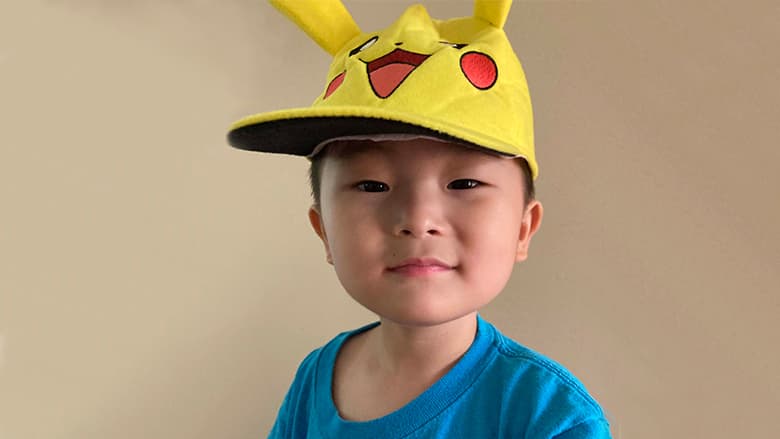
Julian
Five-year-old Julian is on the autism spectrum and was nonspeaking. After a speech-language evaluation at CHOP, he began using an augmentative and alternative communications device. Now Julian can quickly get the device to say the words for what he wants. In an even more exciting development, he has started to say many of the words as well. “Julian was able to catch on so fast. We have seen such great improvement,” says his mother, Theresa. “It’s truly amazing. We have CHOP to thank.”
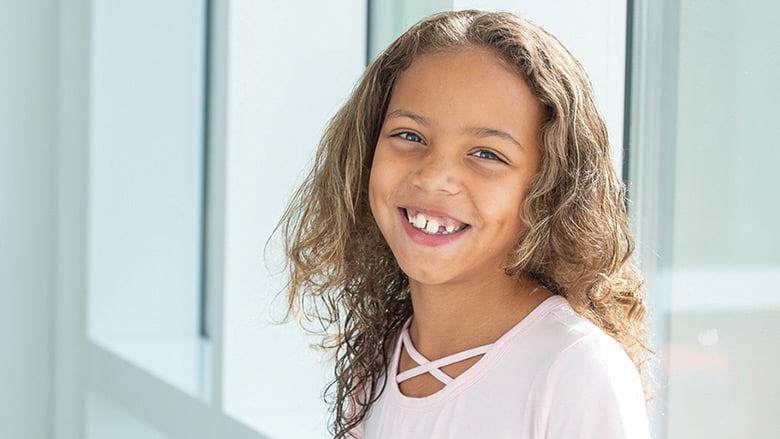
Hailee
Not much stops Hailee — at least not for long. She’s had three open heart surgeries and had a pacemaker implanted — all by the age of 5. Despite it all, Hailee, now 8, remains the active, silly and competitive girl she’s been all along.
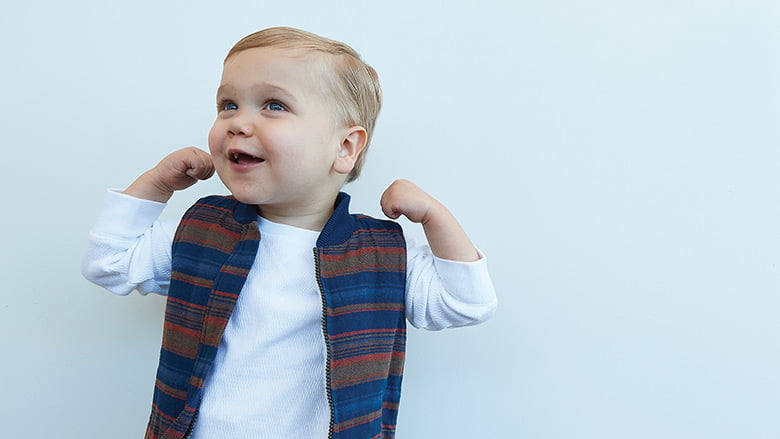
Finn
Before Finn was born, he was diagnosed with a rare birth defect that involves the heart and other organs. Finn’s heart didn’t have separate chambers and his lungs were reversed. After several surgeries, Finn, now 3, is an energetic preschooler.
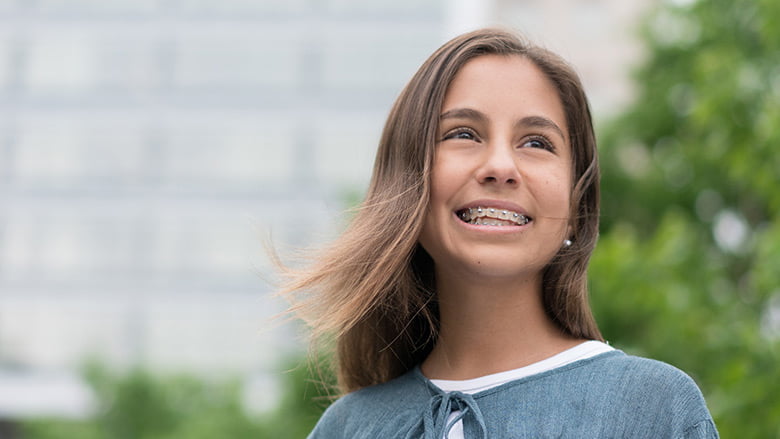
Paulina
Paulina’s leukemia was so aggressive, it had come back three times. Just a few years ago, doctors had almost no options for such relapsed patients. But CHOP’s Cancer Immunotherapy Program can reprogram a type of white blood cell to destroy cancerous cells. Paulina and her family traveled to CHOP from Mexico to receive the therapy. She remains cancer-free.
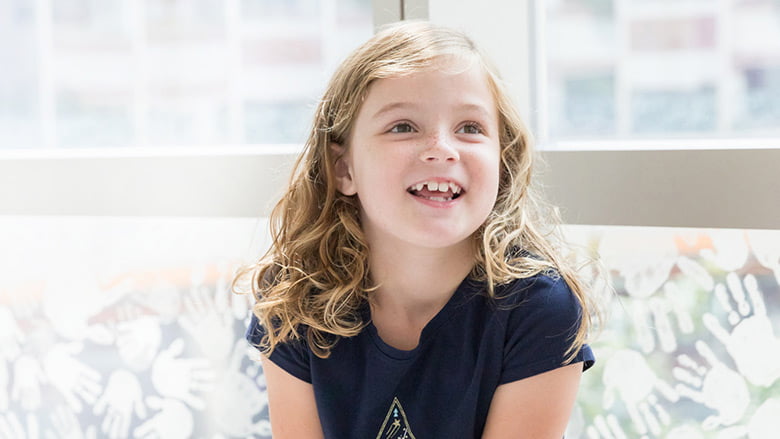
Hannah
The summer before Hannah started second grade, she saw a star for the first time. She had been born with a rare retinal disease and was going blind. Then she came to CHOP to receive a gene therapy developed at CHOP and Penn that targeted her particular genetic blindness. Slowly, the world revealed itself to her, one star, one flower and one sunset at a time.
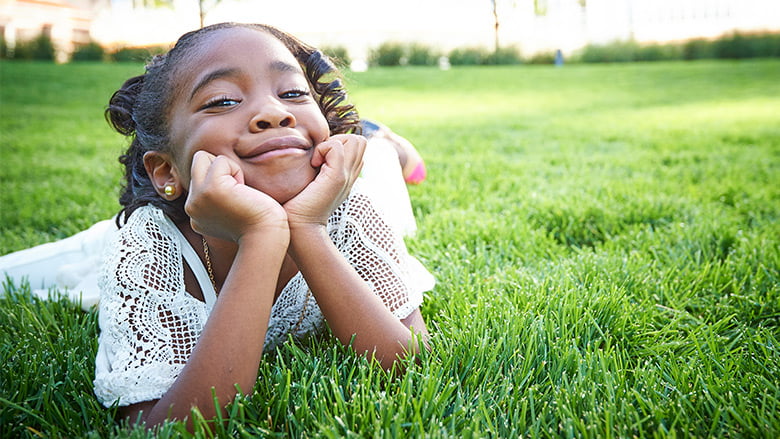
Rhyan
Imagine living with a disease that causes excruciating pain, when every fever means a trip to the emergency room, where a stroke is a very real possibility. Children like Rhyan with sickle cell disease face these challenges. But CHOP researchers don’t believe in “incurable.” We are on the brink of two cures: one for people living with the disease, and another for those diagnosed while still in the womb.
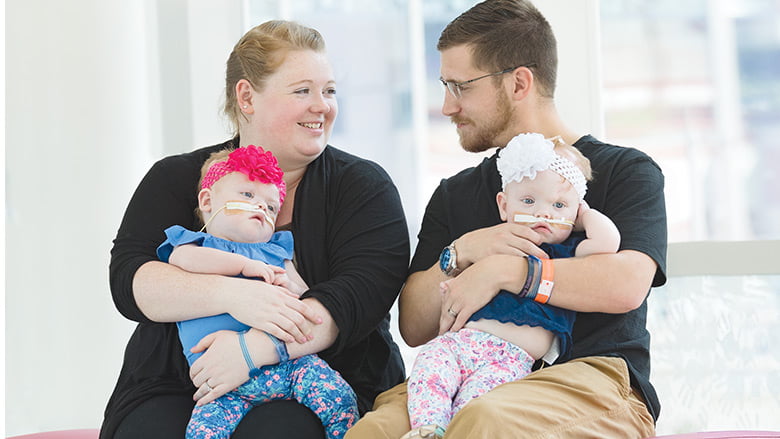
Abby and Erin
Today, Abby and Erin are able to look at each other and practice rolling over. Such everyday actions are remarkable for the twin girls – because until the summer of 2017, they were connected at the head. After an 11-hour surgery involving nearly 30 CHOP team members, the twins were separated. It was the 24th time doctors at CHOP separated conjoined twins, more than any other hospital in the Western Hemisphere.


